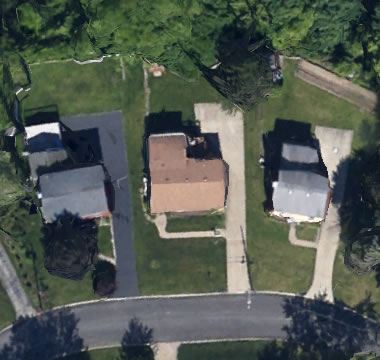

In the image above, data from the VIIRS instrument aboard Suomi NPP from Oct.

The VIIRS fire location and temperatures are used in smoke forecast models which are important for predicting how far smoke will spread - which can be hundreds and sometimes thousands of miles and can impact visibility, which is important for aviation safety and air quality. This information is critical in giving emergency teams insight into areas that require evacuation. This gives fire managers an overall view of risk in different locations, helping them quickly decide when and where to allocate their resources. Overnight on October 9th the California fires saw huge growth without much containment. These images were also used to demonstrate how quickly the fires spread. The VIIRS image demonstrates the large scale and dramatic impact of the fires over a significantly large area. The NOAA/NASA Suomi NPP satellite's Visible Infrared Imaging Radiometer Suite (VIIRS) instrument - also a component of NOAA’s newest polar orbiting satellite NOAA-20 - captured this view of the multiple fires and smoke burning in the area. The area imaged by the satellite during each orbit is called a swath, and NOAA’s polar-orbiting satellites have relatively wide image swaths. To achieve this ‘big picture’ view, NOAA’s satellites are built to see things like storm clouds over vast ocean waters, dust storms over thousands of miles, and changes in ice, surface temperature, vegetation, and sea level. NOAA’s fleet of satellites is designed to survey vast areas of the planet and quickly transmit Earth’s environmental data back to scientists on the ground. NOAA’s fleet of satellites is designed to image the Earth through data sensors that track highly detailed information that provides the basis for 95% of our weather forecasting. Why can’t NOAA’s satellites see someone’s house? Because instead of close-up high-resolution images, our polar-orbiting satellites provide much more frequent coverage (twice daily) over the whole planet in order to understand global weather patterns. Satellites differ greatly in the level of detail they can “see”. NOAA satellites have the capability to provide astounding views of the Earth, but many people want to know if these satellites can see their houses, or even through their roofs and walls to the people inside.


 0 kommentar(er)
0 kommentar(er)
